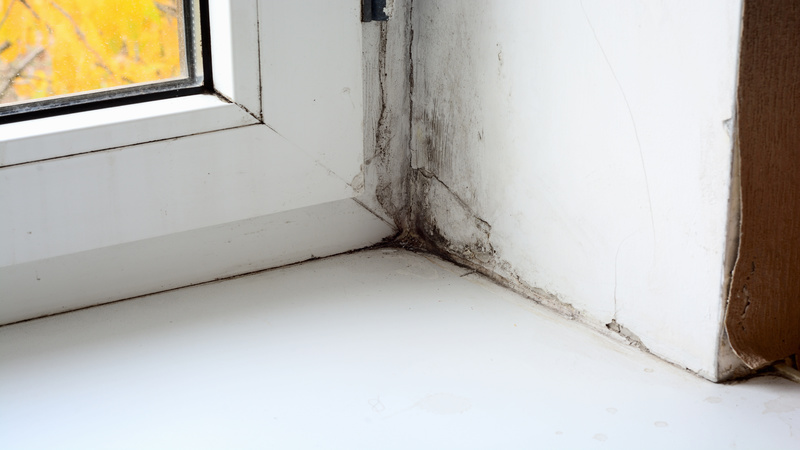The process of double block and bleed is used in a wide variety of applications, and often in the oil and gas industry, processing, and in the movement of fluids across systems.
When used, the double block and bleed is designed to isolate the area from pressure from either the upstream or the downstream side of the valve. While the pressure in any system is higher on the upstream side, it still exists on the downstream side. By using a valve to shut off the upstream flow, the pressure below the valve, which is not a factor when the upstream valve is working, now becomes an issue. In applications where any loss of fluid or gas from the system is dangerous, hazardous, or environmentally critical, using a double block and bleed process eliminates the risk.
The Benefits of a Double Block and Bleed Plug
The double block and bleed plug is designed to provide a double isolation arrangement in oil and gas pipelines and systems. They can also be used in manifolds, meter calibration systems, fueling systems, and for fuel isolation processes. These plugs are designed to fit into the pipe and create a complete double seal that eliminates any risk of leakage.
Unlike a gate or ball valve, which are the most commonly used double block and bleed valves, the use of a double block and bleed plug does not result in any rubbing action as can occur with valves. However, it still provides a corrosion-resistant solution for the specific application. These plugs can be manually controlled or used with electric actuators.

